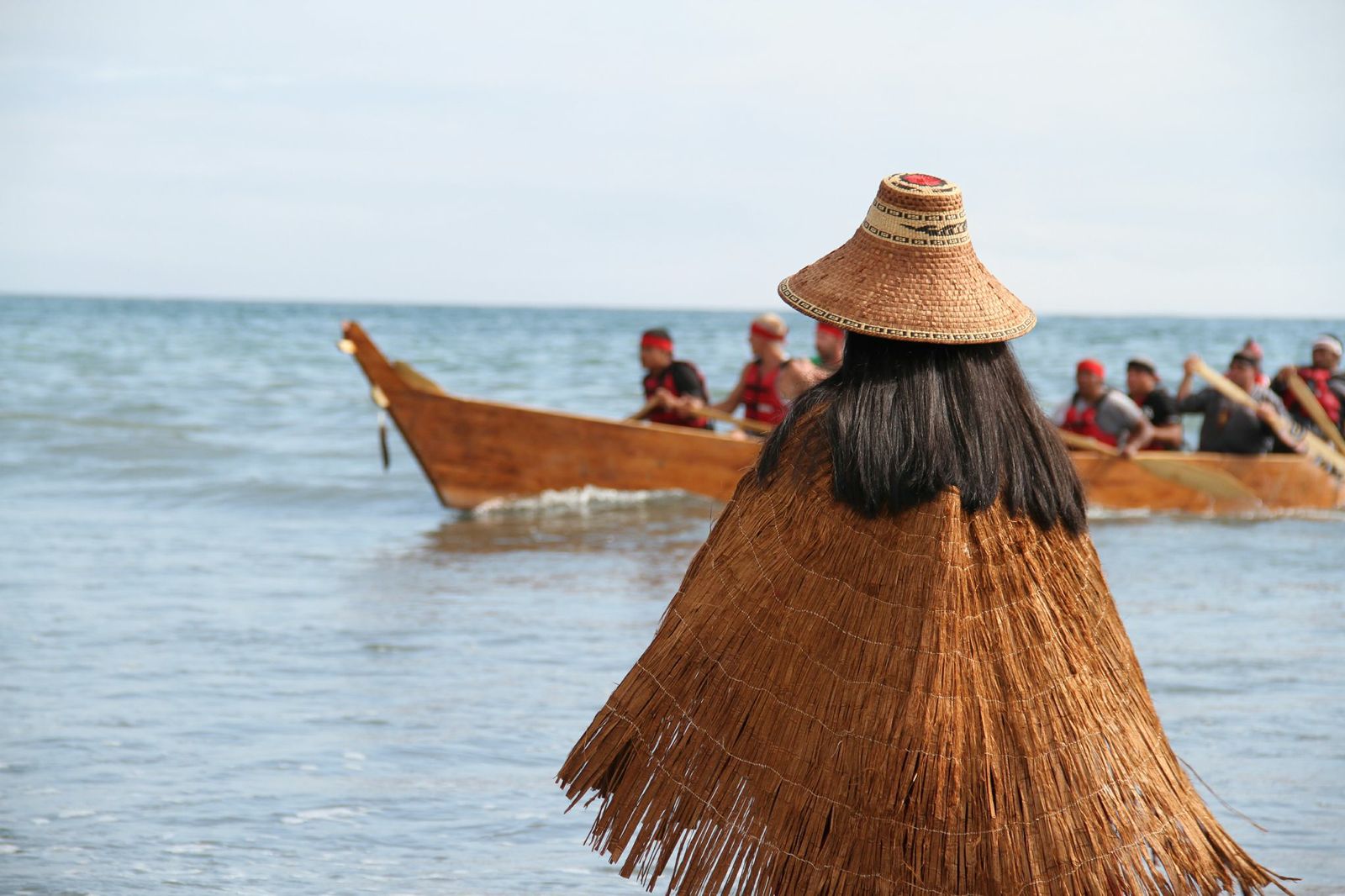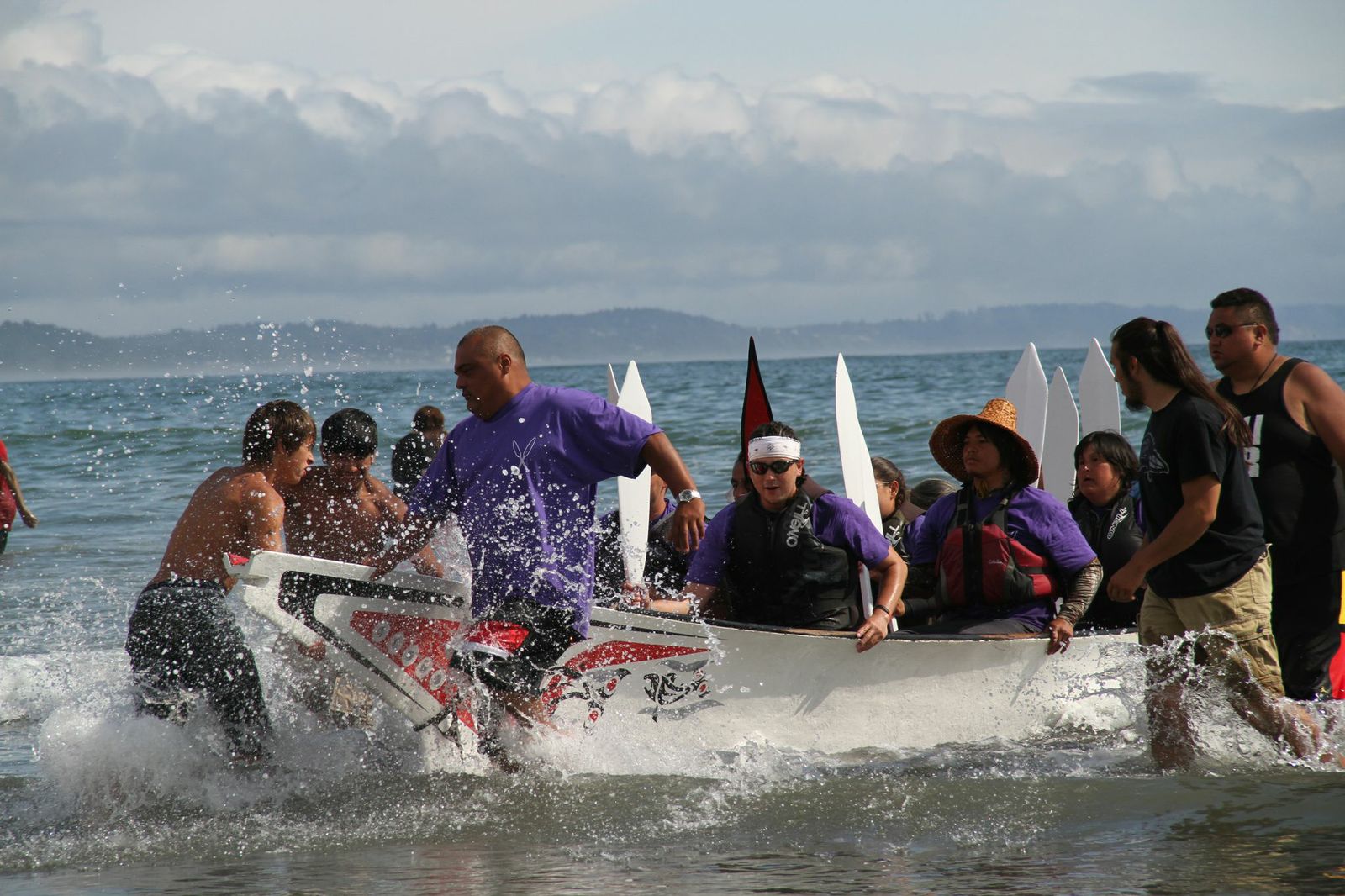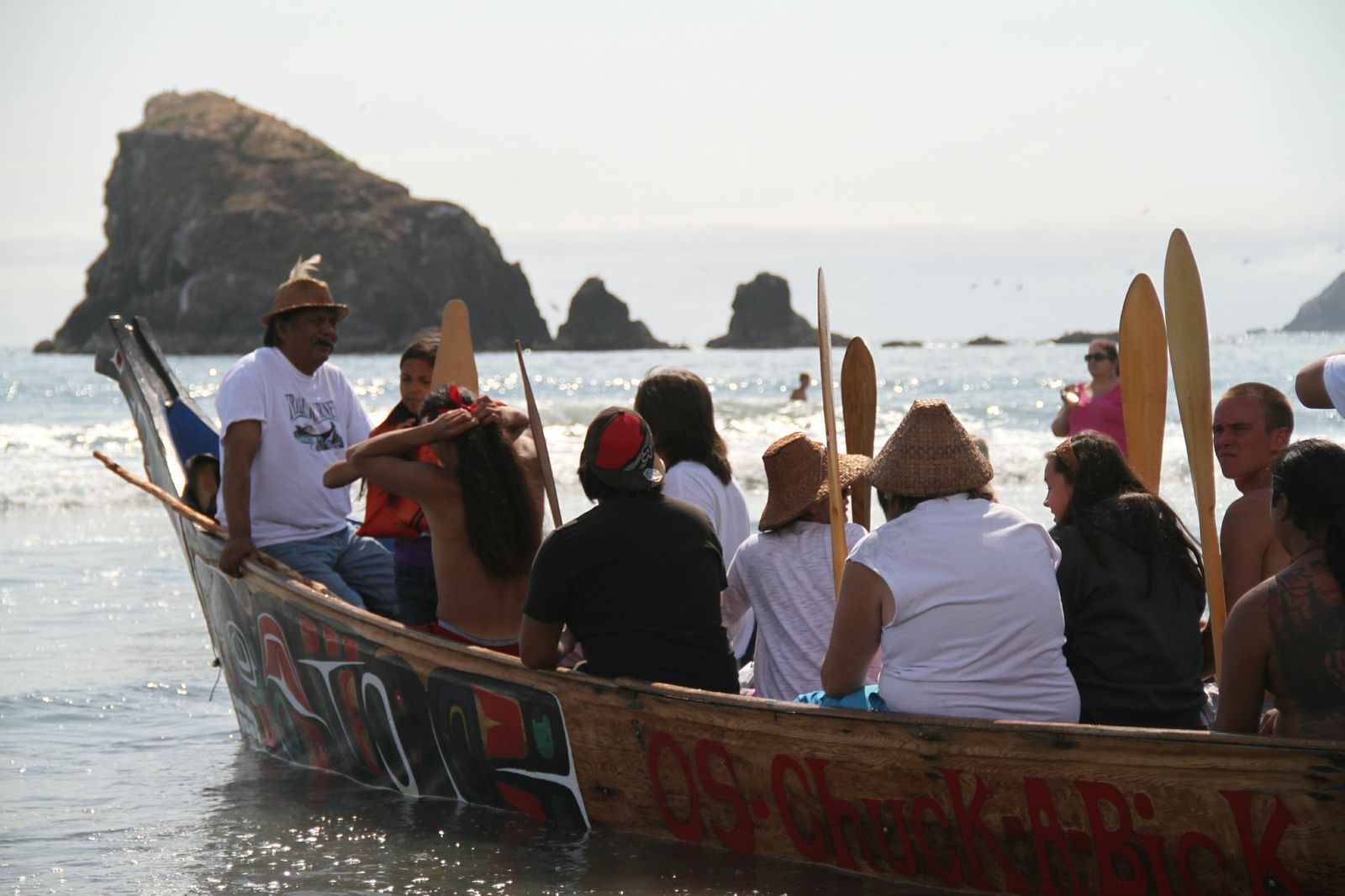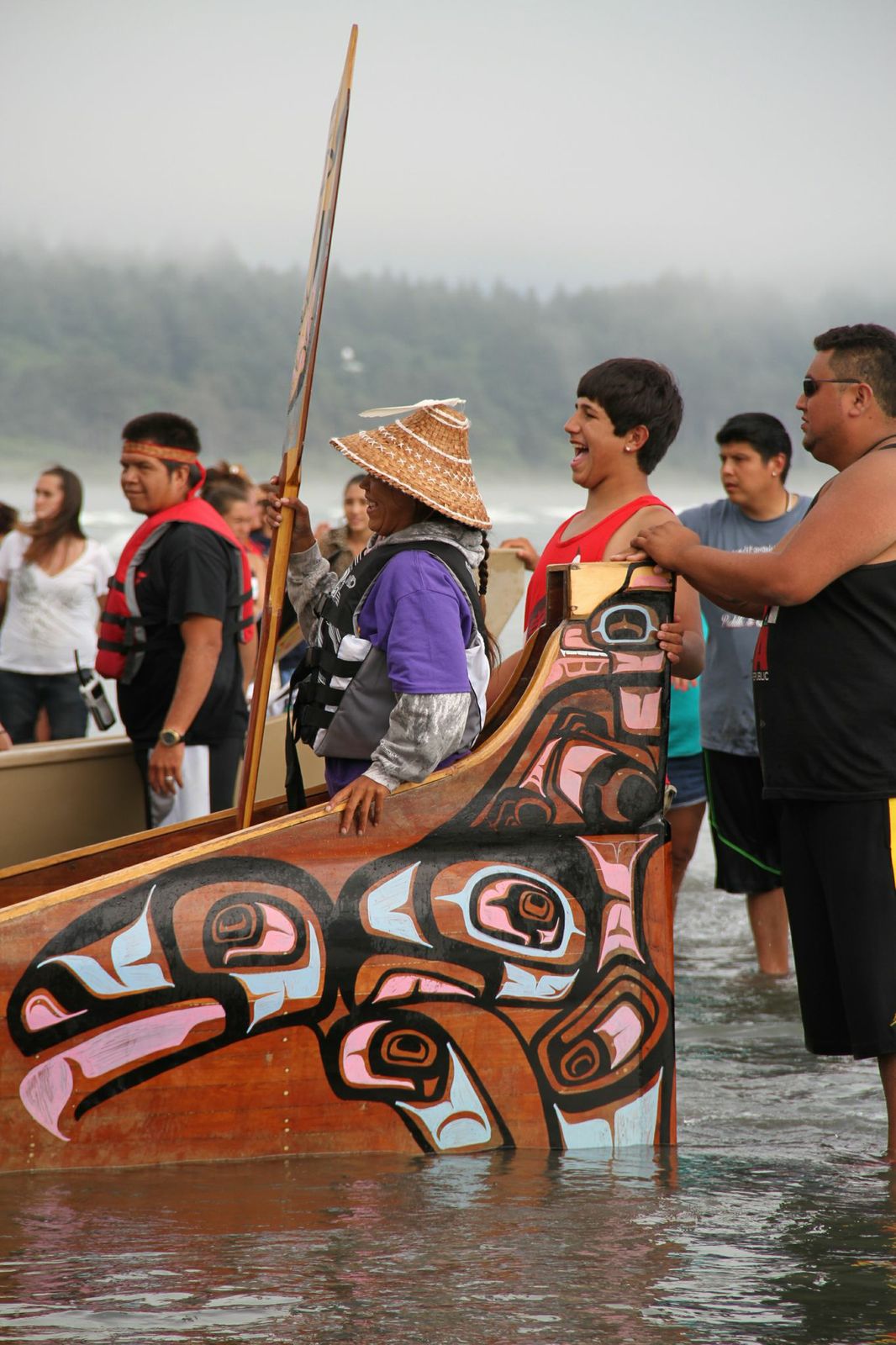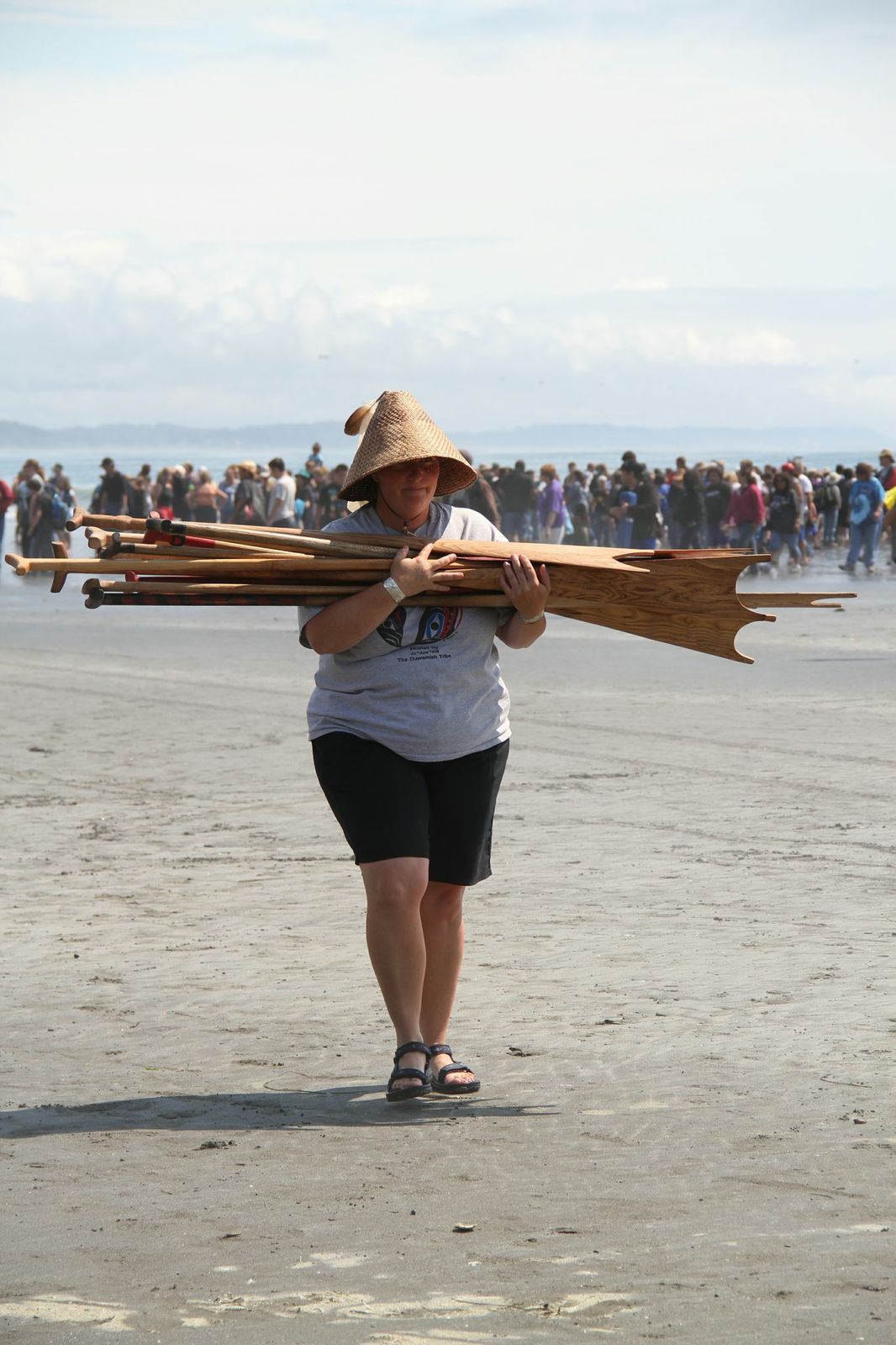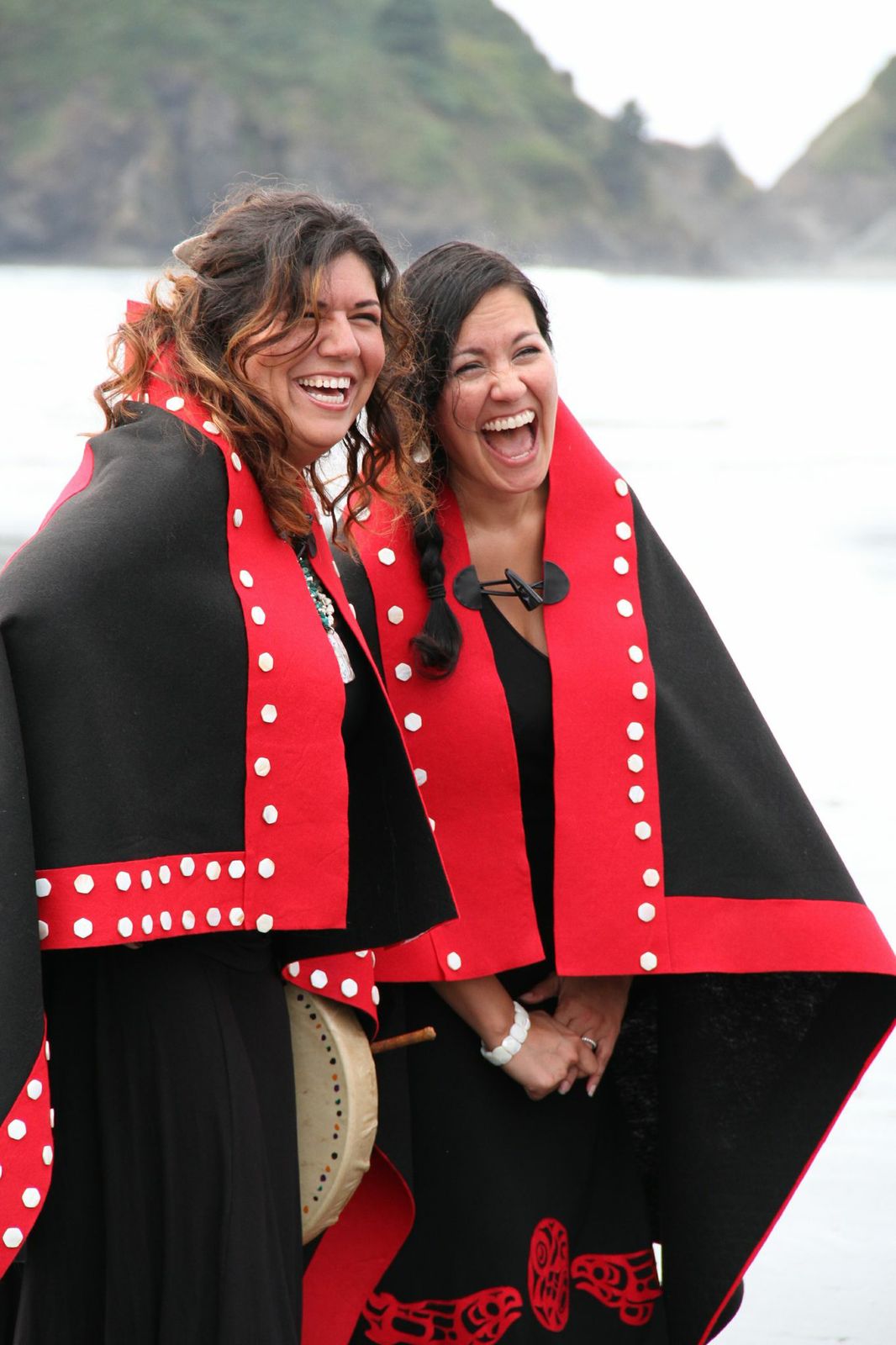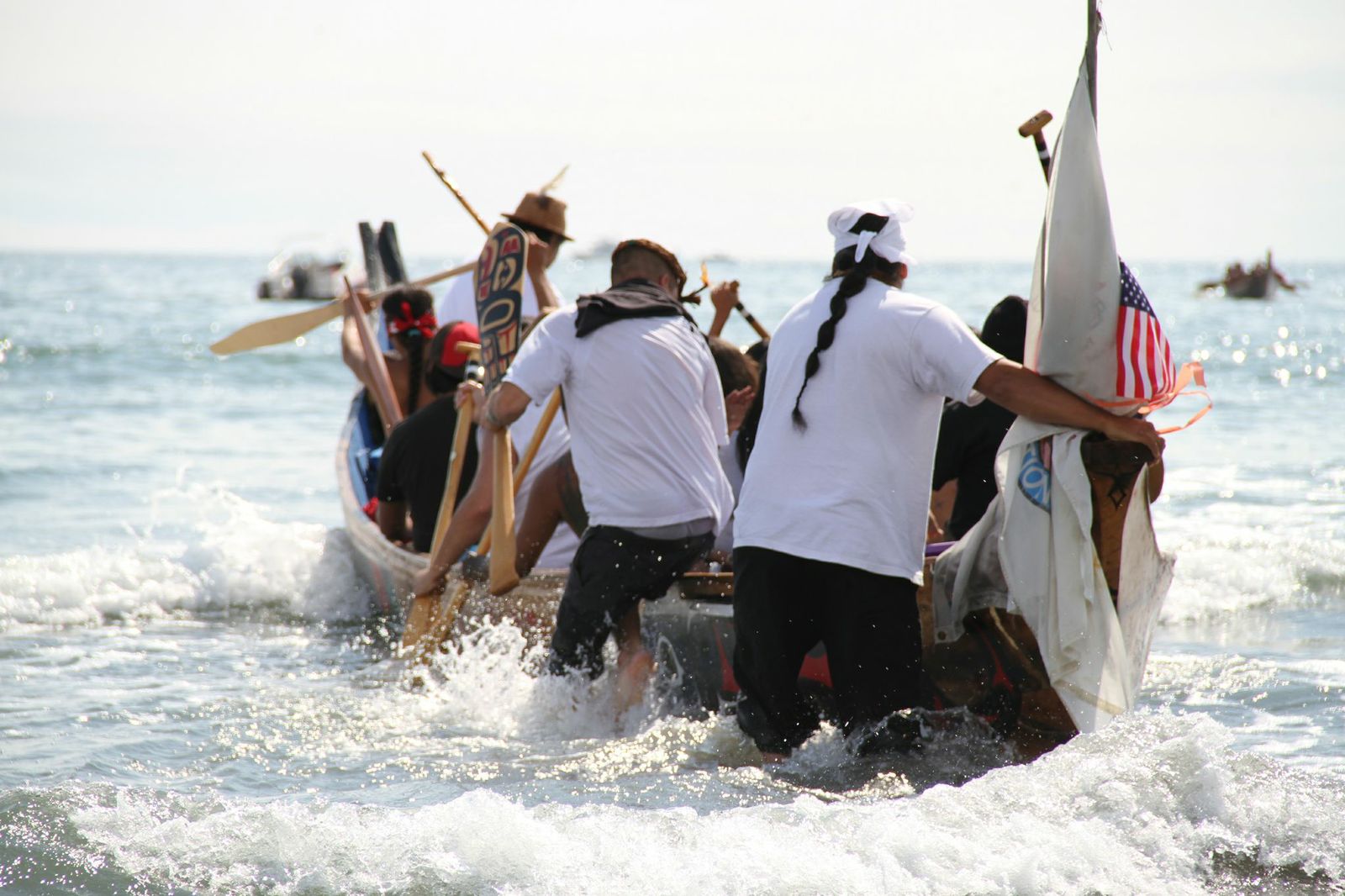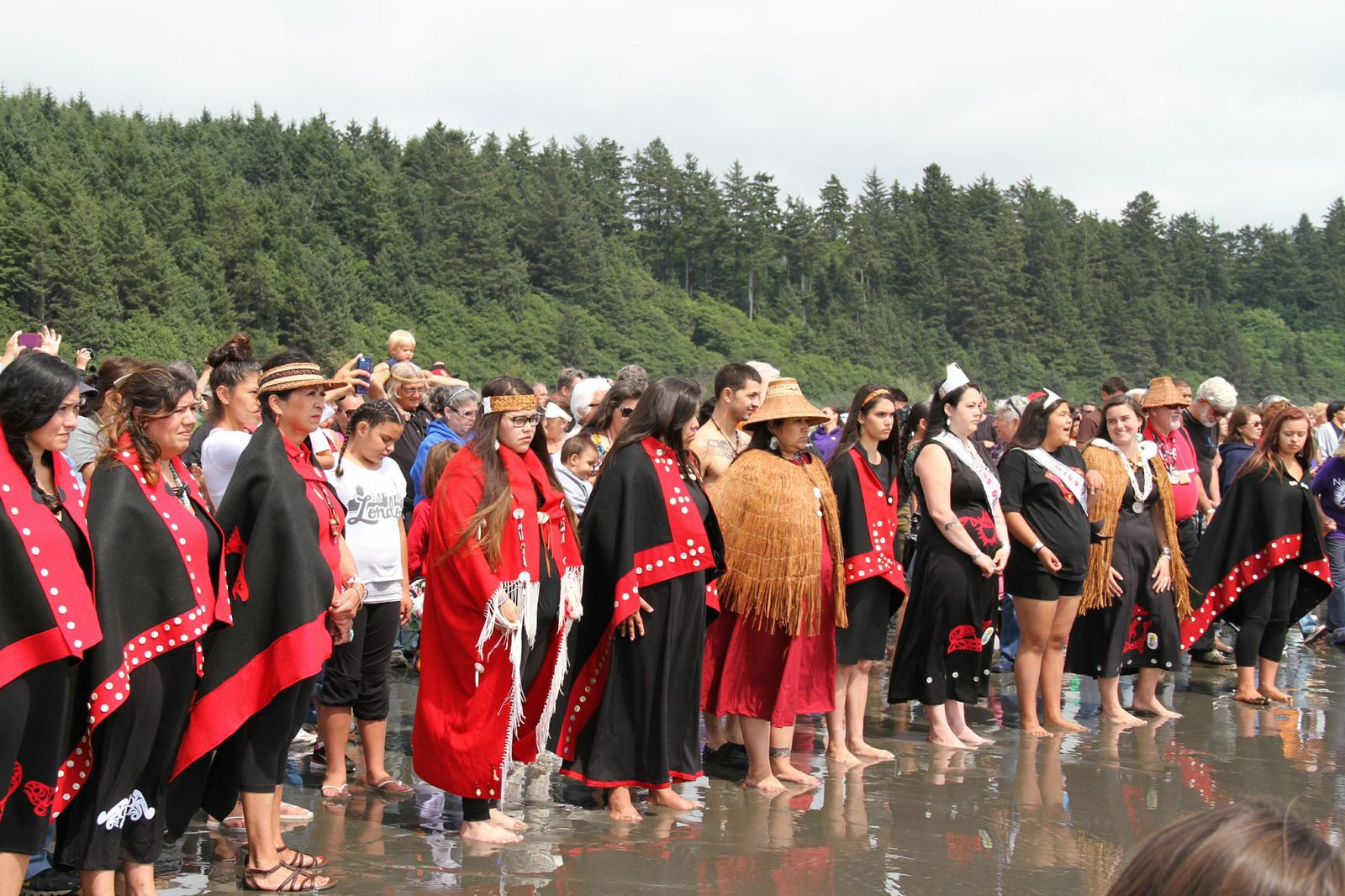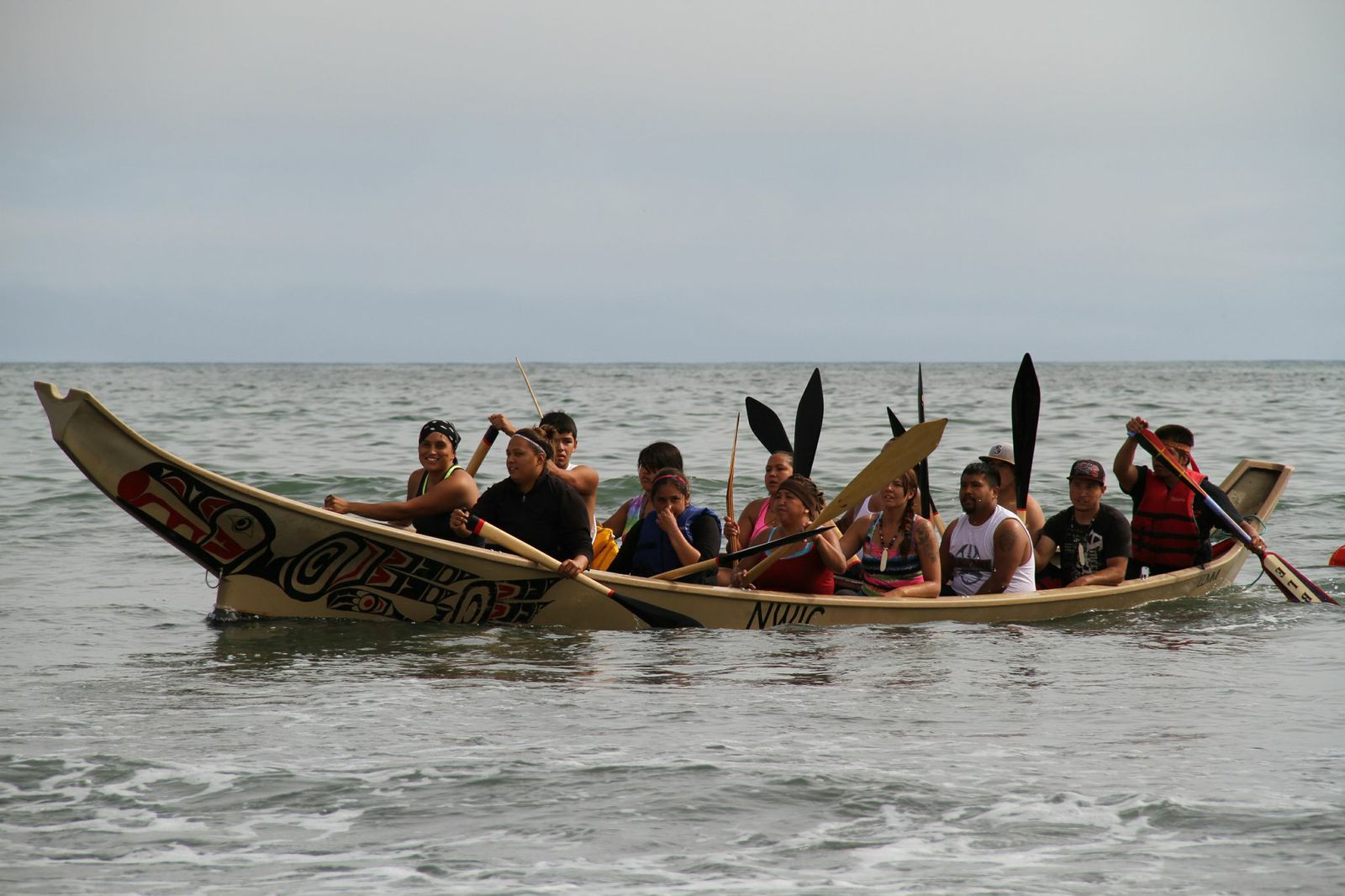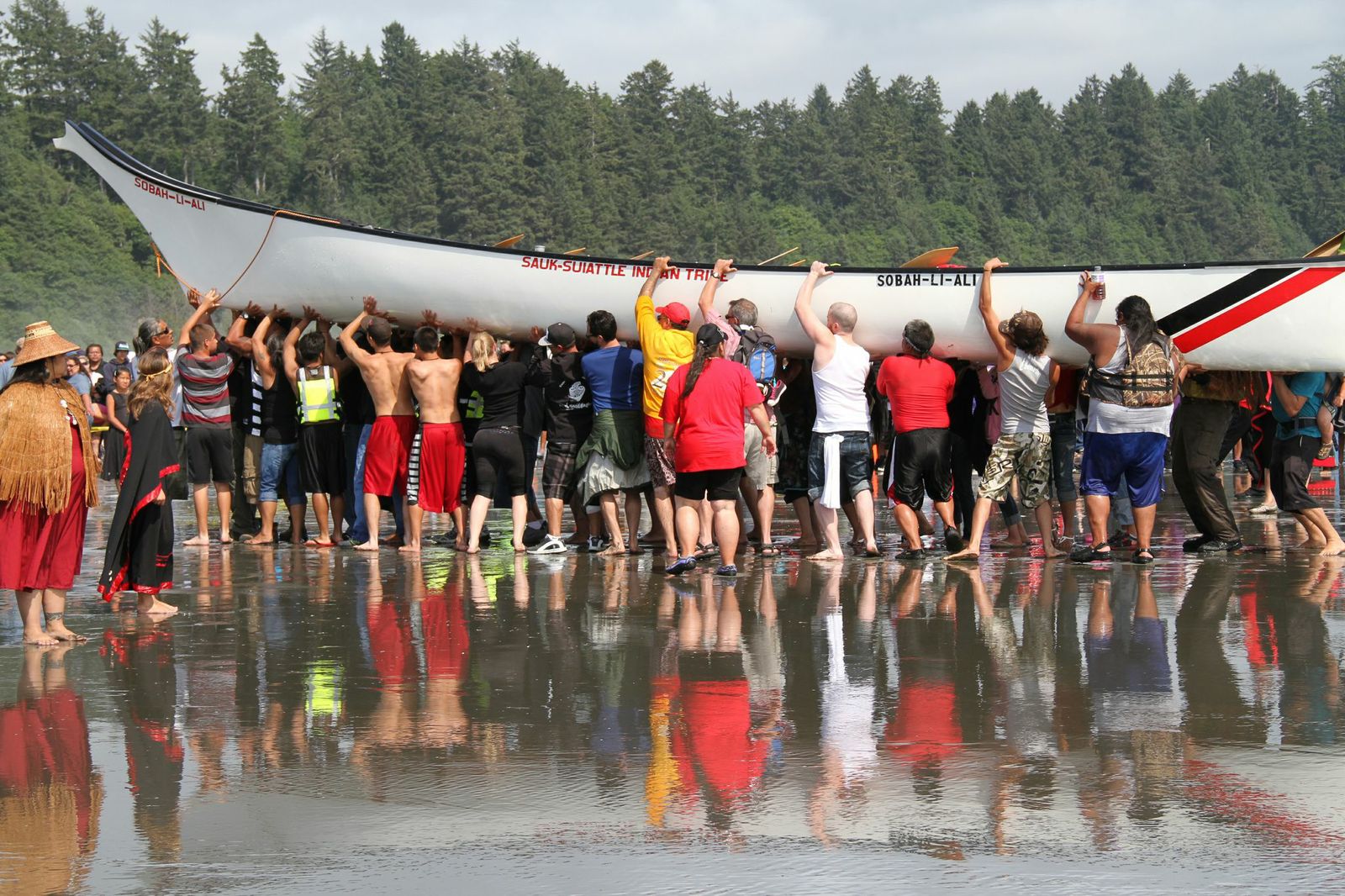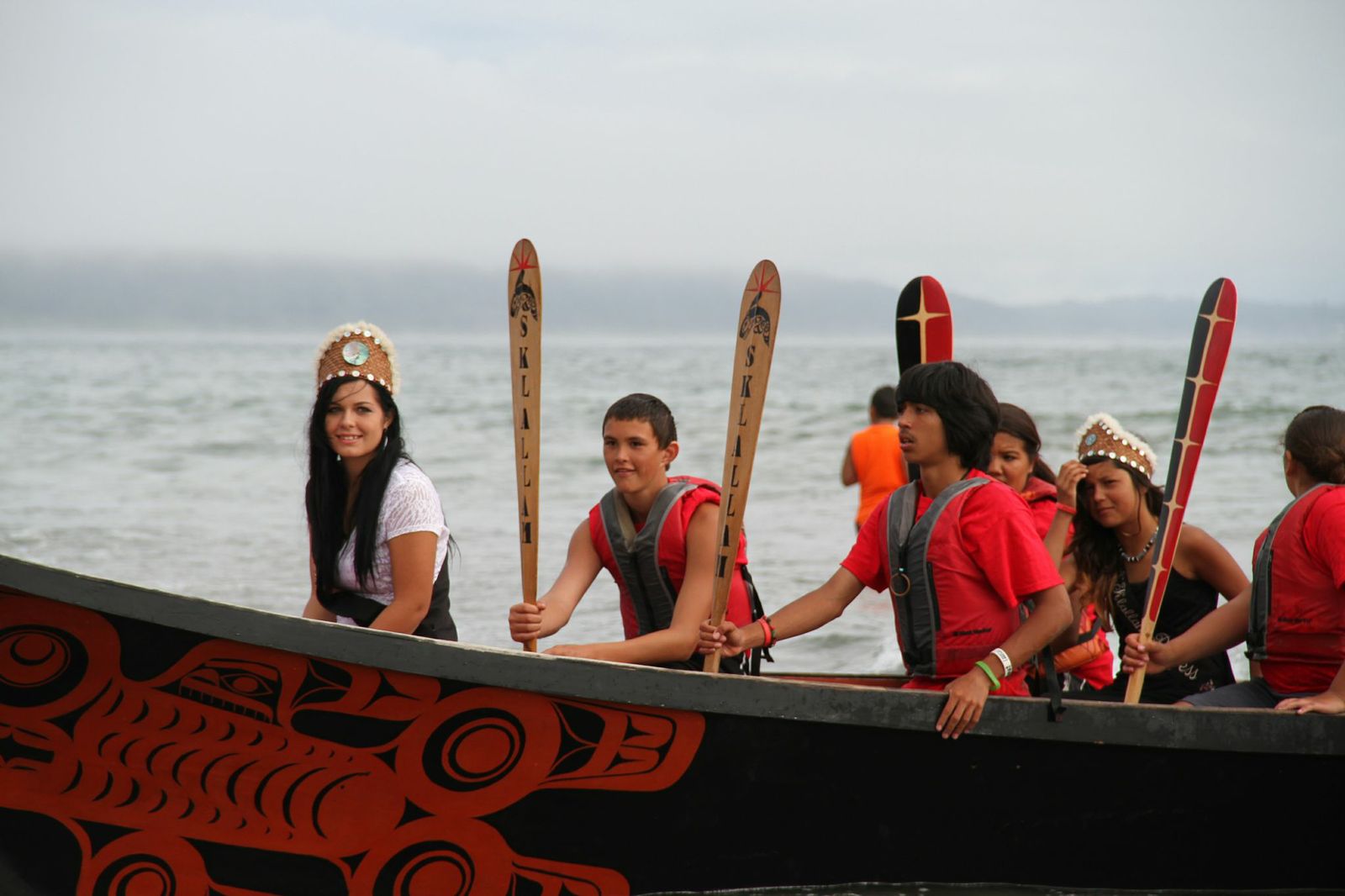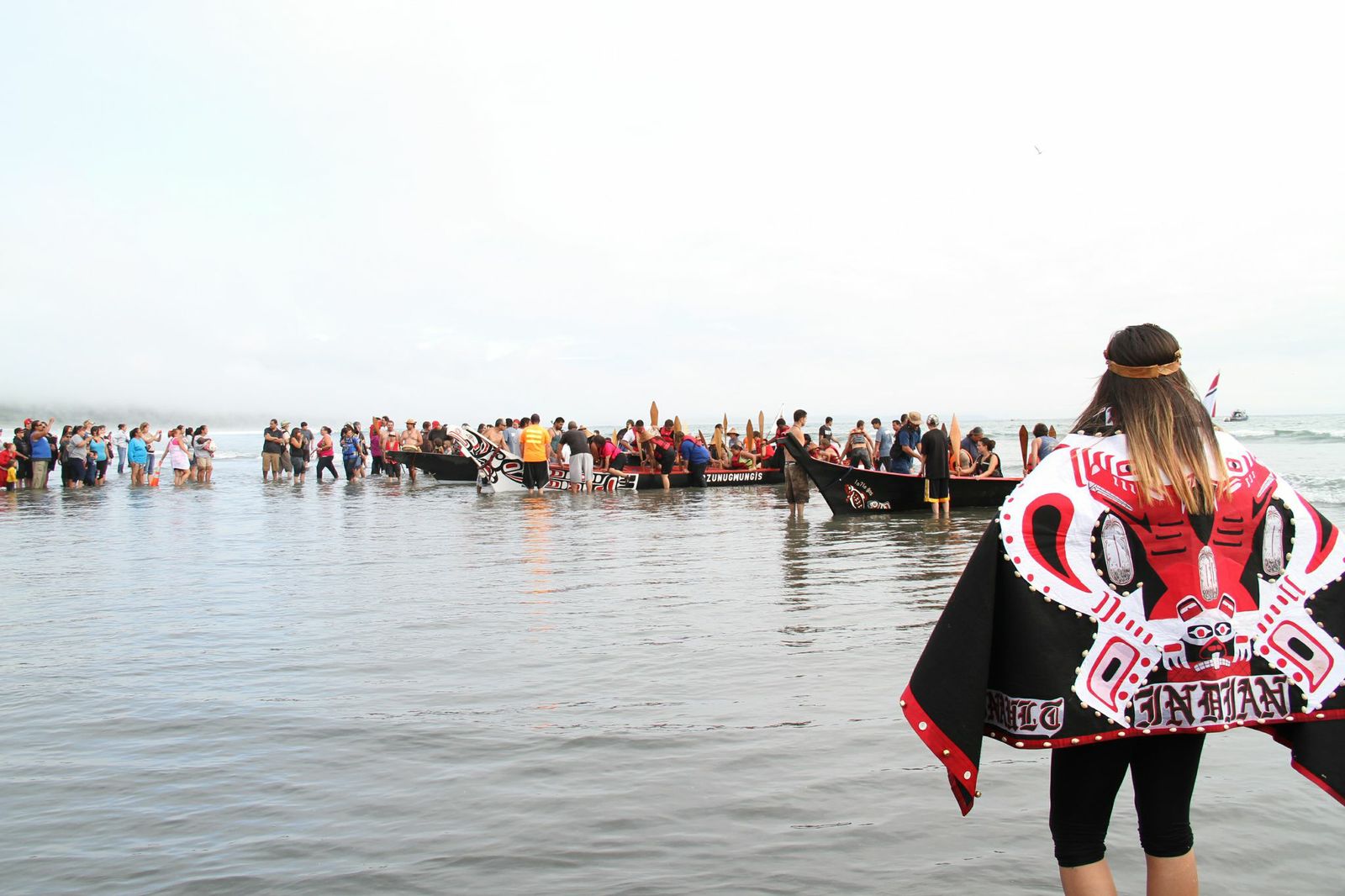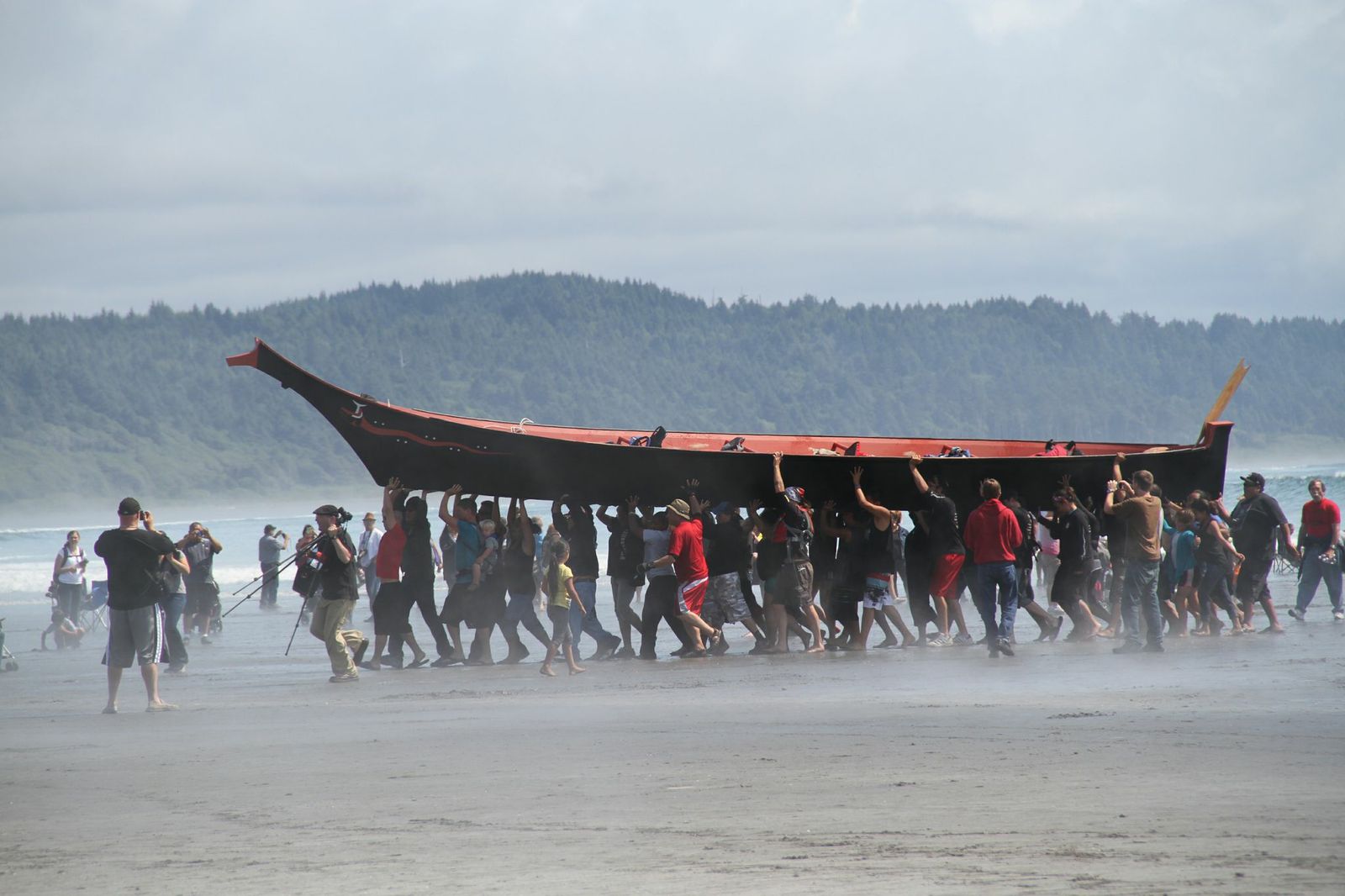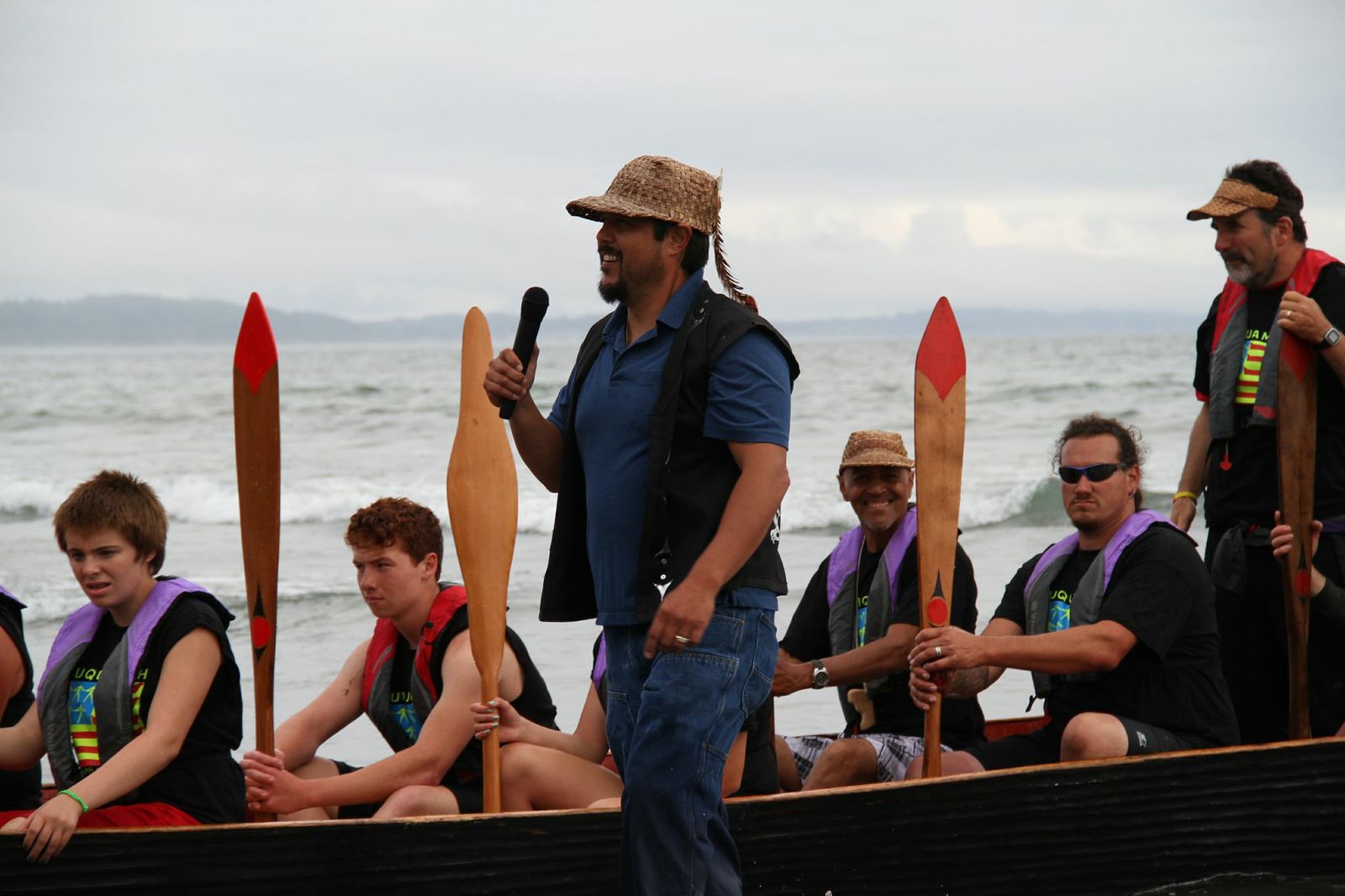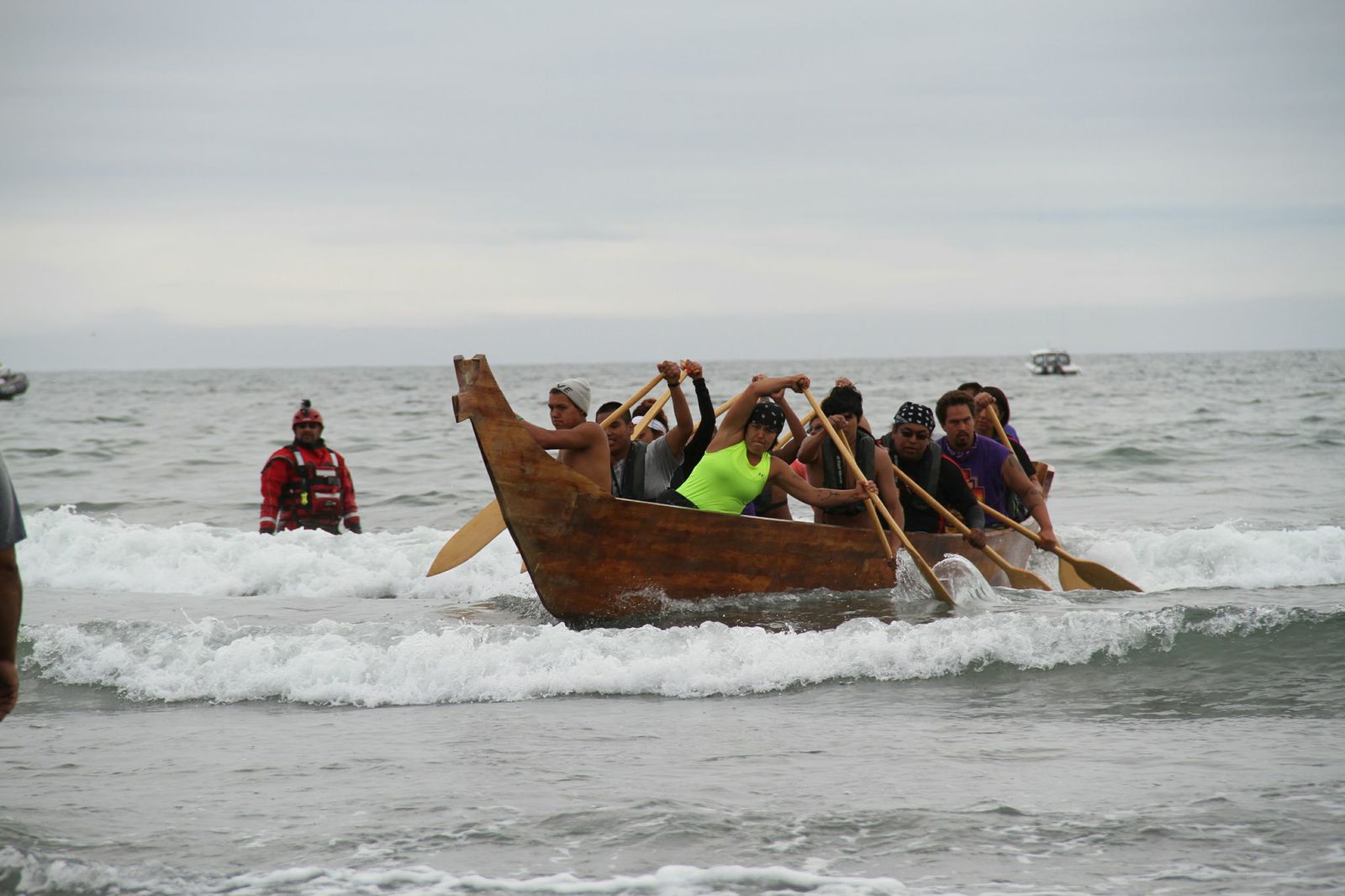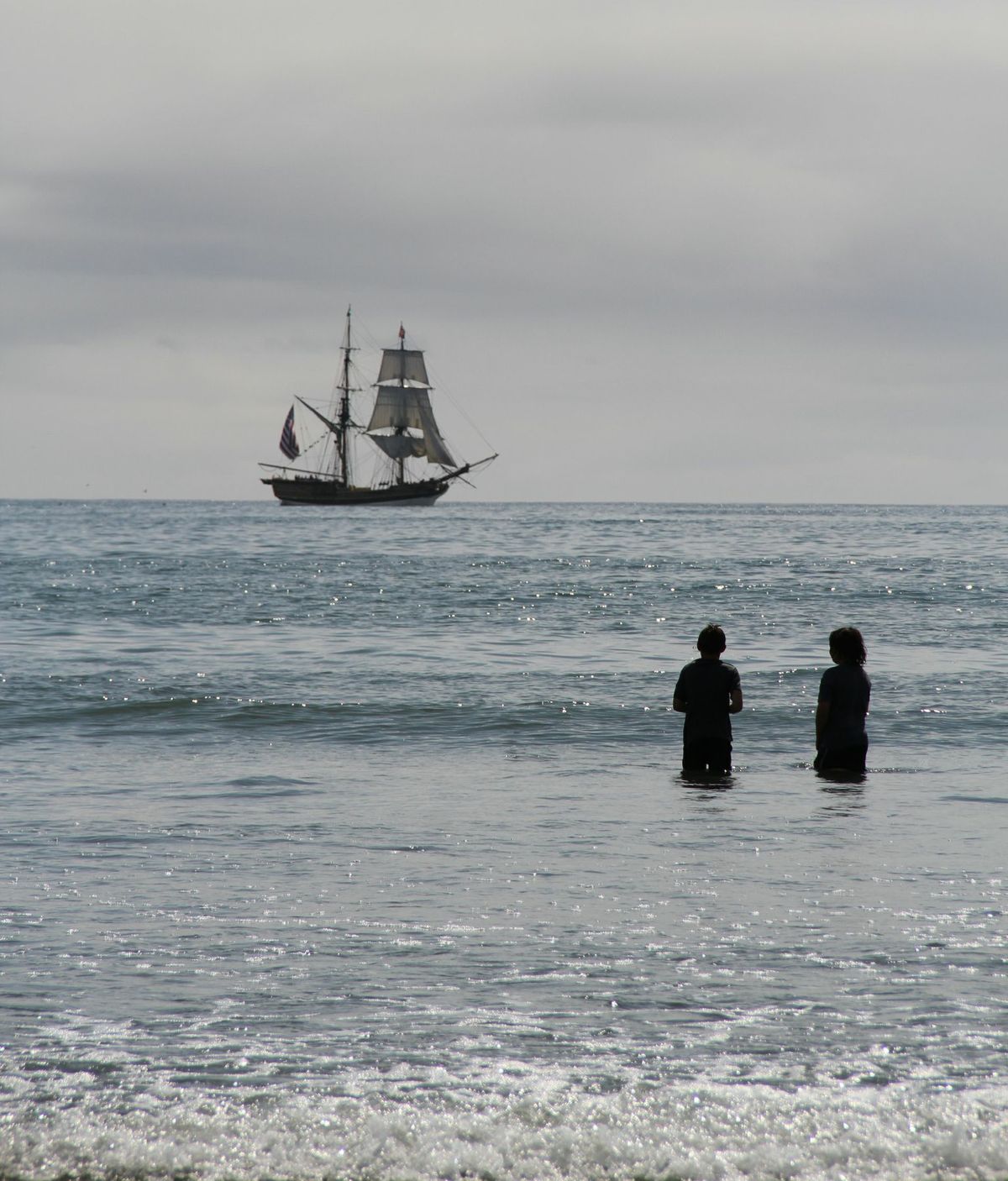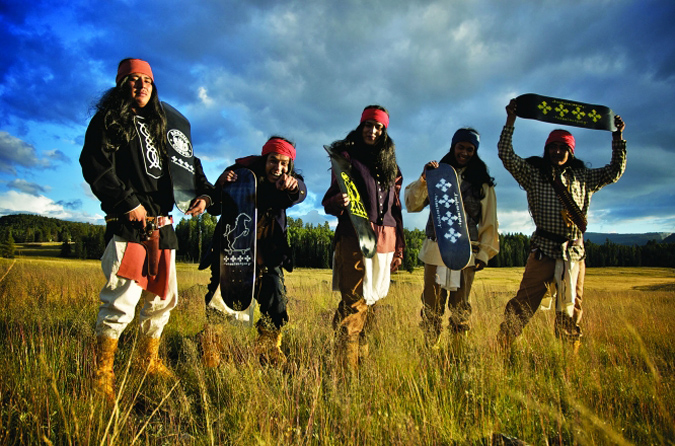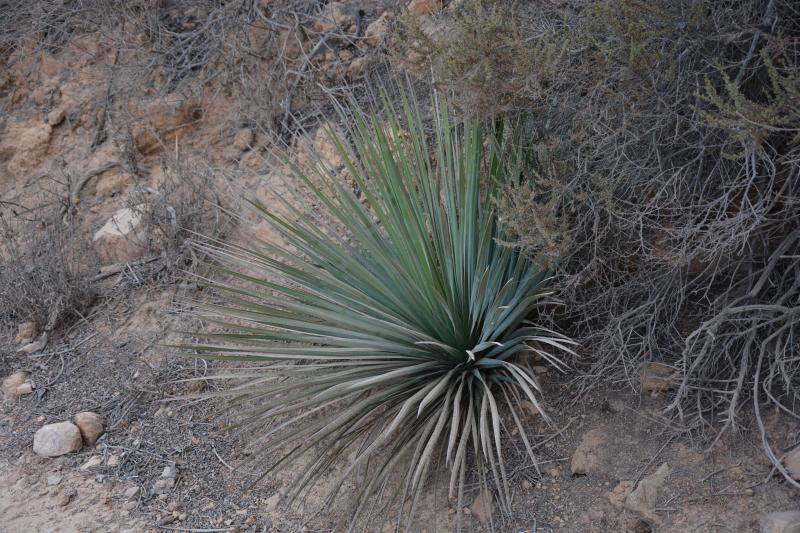By Wayne Kruse, The Herald
Big schools of pink salmon haven’t arrived in local saltwater just yet, but if you’re antsy to bonk a humpy or two, try beach casting at several spots on the west side of Whidbey Island. Mike Chamberlain at Ted’s Sport Center in Lynnwood said pinks are showing there in strong numbers, with limits being taken at Bush Point at times, and good fishing available at Fort Casey as well.
Use an 81/2- to 9-foot steelhead-weight spinning rig, Chamberlain said, 10- to 12-pound test line and a Buzz Bomb in the 21/2-inch size or a Rotator. The Rotator is becoming more popular — a flatter jig than the Buzz Bomb, allowing it to drop more slowly, Chamberlain said.
“Start with pink colors, then experiment from there,” he said. “And some guys like to dress the lures up with a pink mini-hoochie.”
A scattering of pinks also is being caught by trollers on Possession Bar, Richmond Beach, Jefferson Head and many of the other usual spots. The Snohomish River opened today, earlier than normal, from Highway 9 to the mouth, but Chamberlain doesn’t expect consistent catches in the river for a week or two yet.
Marine areas 8-1 and 8-2 also opened today, with most of the salmon action expected to be found toward the north end of the region.
“Pinks will probably be the early target on the incoming tide, at North Beach, around Hope Island and off the mouth of the Skagit,” said Kevin John at Holiday Sports in Burlington. “Pink Buzz Bombs or Rotators will be the popular lures with the beach fishermen.”
Mix incoming pinks with a strong and much earlier than usual coho run, and the ongoing selective chinook fishery in areas 9 and 10, and you have a unique opportunity to score on all three of those species in a single day’s trip. State catch sampling at Olson’s Resort in Sekiu on Saturday, for instance, showed 236 anglers with 84 chinook, 19 coho and 145 pinks. At the Port of Everett ramp on Saturday, it was 444 fishermen with 51 chinook, 27 coho and 63 pinks.
To the north, some 63 fishermen were checked at the Cornet Bay public ramp on Sunday, with 19 chinook, four coho and 44 pinks.
New tournament
The inaugural Harbor Marine Salmon Tournament ran Saturday and Sunday out of Everett, bringing the bass tournament mindset to Northwest salmon derbies. It was a full tournament format, both team and individual, total weight for two days of fishing, eliminating much of the luck factor of one-day derbies. It brought out many of the best salmon anglers on Puget Sound, not only for the money involved, but for the chance to compete against a field of their peers.
The event also was the newest stop on the prestigious Northwest Salmon Derby Series.
“It was truly exciting fishing,” said Nick Kester of All Star Charters, whose Team All Star won the best boat weight and $1,000, at 75.1 pounds of chinook for the two days.
“You know you’re going to be out there against the best in the area, and that it will come down to ounces at weigh-in time. That means you have to have a winning strategy and a game plan you can follow, balancing numbers against weight. There’s a place for derbies and there’s a place for tournaments as well, and I’m glad to see this format coming to Puget Sound.”
Individual winner was Brandon Robichaux, a member of Tom Nelson’s Team Outdoor Line, who weighed a two-day, four-fish total of 57.4 pounds. Second was Rob Byrd, who took home a check for $1,000, at 56.6 pounds, and third was Corey Thrasher, $500, at 54.5 pounds.
Team Outdoor Line, which included Nelson, Robichaux and Walt Hylback, nailed the grand prize of $5,000 and featured a second-day appearance of guest angler Brock Huard, former Husky and pro quarterback, and now a sports commentator for 710 ESPN Radio.
Few people who know T.J. Nelson, big, bluff and loquacious, would accuse him of being overly self-deprecating, but he said of his impressive win, modestly, “Hey, even the blind squirrel finds …”
Nelson has some excellent photos of the tournament on his blog. Check them out at www.theoutdoorline.com/blog.
Crab
The Puget Sound summer recreatonal crab season is progressing fairly well, according to Washingon Department of Fish and Wildlife biologist Don Velasquez.
“Some areas have been very good, but from some we’ve been hearing complaints that the tribal fishermen hit ’em pretty hard,” Velasquez said.
Areas 7, 9 and 10, and Hood Canal, are producing well — Area 9 particularly in Port Townsend Bay; Hood Canal around Misery Point and the north end; and Area 7 out of Bellingham. Generally, Velasquez said, Areas 8-1, 8-2, 11 and 13 have been hit or miss.
Baker sockeye
Also hit or miss has been the Baker Lake sockeye fishery. Kevin John said the fish are scattered and somewhat fewer in number than last season. You can still find decent fishing, John said, but you’re going to have to work at it and cover a lot of water and different depths. Most successful fishermen have been concentrating at the 40- to 60-foot range, and the north side of the lake’s upper third has been a popular area.
Coho seminar
Cabela’s Tulalip store offers a free seminar, Catching Coho with Captain Chris, Aug. 8, 6:30 to 8 p.m. Chris Long of Jolly Mon Charters will talk different saltwater techniques for successfully fishing coho while still targeting other species. There should be something here for both beginning and experienced anglers. Space is limited, so reserve a slot by calling 360-474-4880.





